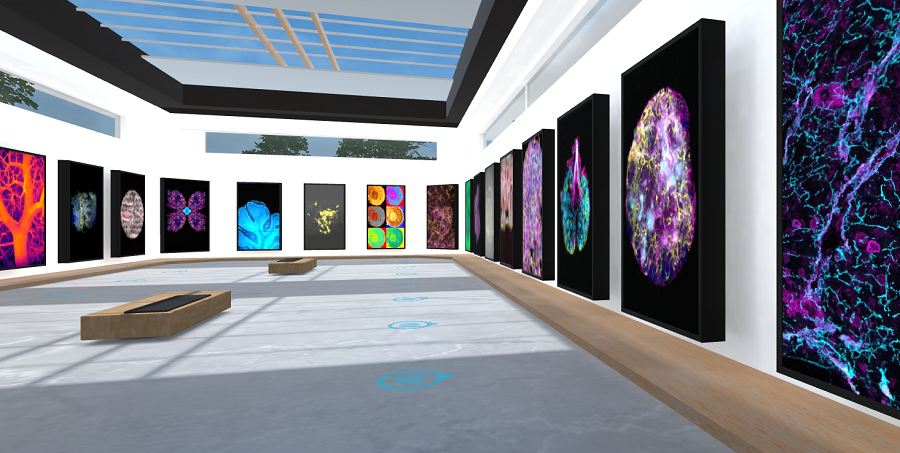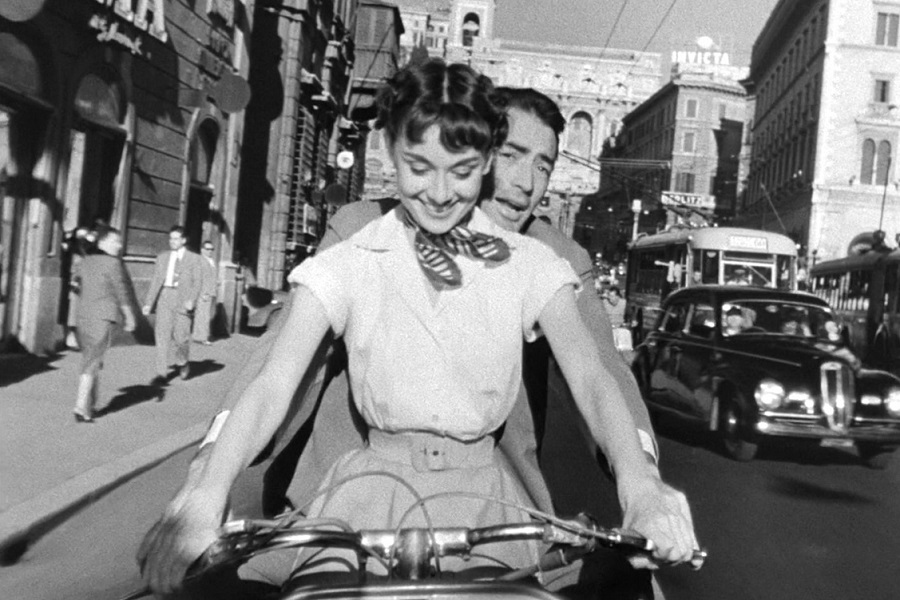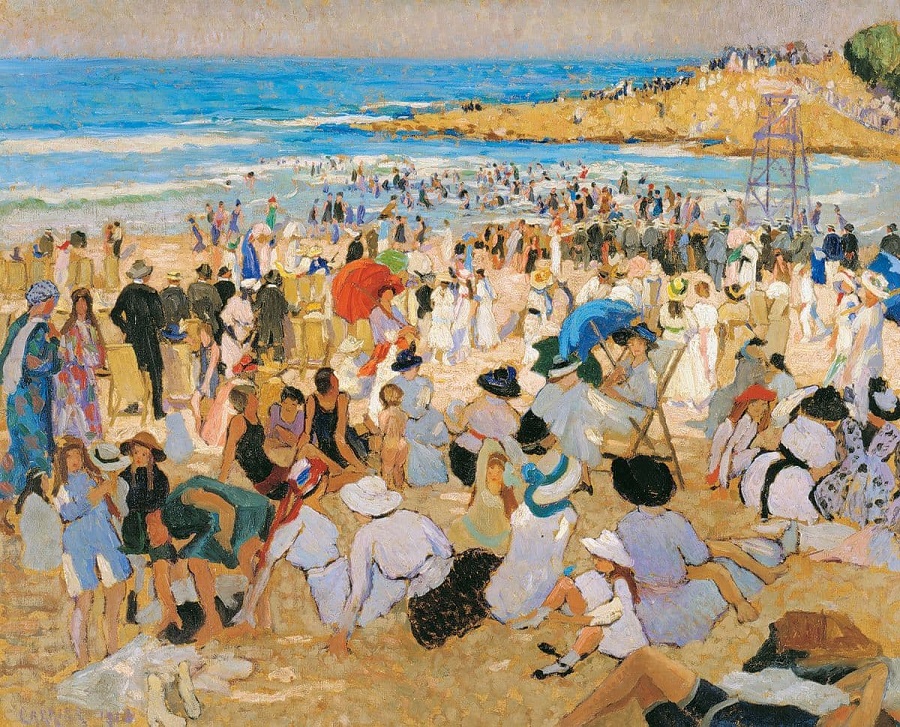
Photography / The Walter and Eliza Hall Institute of Medical Research “Art of Science 2021” online exhibition (accessible here) Reviewed by CON BOEKEL
THE “Art of Science Online Exhibition” hosted by WEHI showcases outputs of the latest developments in medical science imaging. There is no need to wear a covid mask to enjoy this exhibition.
In all of human existence, it was only a scant four centuries ago that Hans and Zacharias Janssen, spectacle makers of Middleberg in the Netherlands, probably made the first microscope. Father and son were thus the first people to glimpse a hitherto hidden universe. For all previous humans, anything much smaller than the width of a pin was too small to see. Causation by tiny things was in the realm of guesswork and of faith. The Janssens’ invention enabled the work of van Leeuwenhoek on “diertjes” – bacteria. In turn, this led to medical discoveries that have saved the lives of countless people.
Some of the research shown in the exhibition is “pure”. Some is highly-focused towards actionable outcomes. Five works have a more or less particular relevance to covid. Some topics would resonate for viewers who are either suffering from, or who have lost loved ones to, the diseases being researched.
Matters of life and death take on an ethereal beauty. The works remind me strongly of the Hubble output. The images are a celestial tour of our inner space. In the midst of a jaded, locked-down brain fug, they revitalise my childlike sense of wonder.
I do have a quibble. I don’t accept the neat separation between art and science somewhat implied by the exhibition title.
Many of the works demonstrate a symbiosis of art and science. The visualisations serve as a bridges to understanding incredible complexity. The choices of false colours in some of the works reveal more than just different shapes and lines. Fittingly, the following words of Einstein are “inscribed” on a gallery wall: “The greatest scientists are always artists as well.”
This is not an online exhibition derived from an analogue exhibition. It seems to have been designed as an online exhibition from woe-to-go. By way of continuity amongst change, the exhibition design mimics an analogue gallery. There is a lobby. There are steps down into the exhibition hall. There are indoor plants. There are skylights with sunlight and shadows on the floor. The works are framed and are on the walls. There are even benches should the viewer happen to suffer from museum fatigue. The background music, Vivaldi’s “Four Seasons”, played by the Melbourne Symphony Orchestra, is wonderful. It is all virtual.
It seems to me that there is considerable scope for online exhibitions to move beyond the conceptual and design constraints involved in copying analogue exhibitions. Ironically, the exhibition’s imagery itself shows no such constraint. Flesh and blood is transubstantiated through data bits into stunning aggregations of pixels using a mix of high intellect, great technical skill, daring imagination, and aesthetic verve.
An attempt has been made to ensure that the associated explanatory texts are accessible to the average person. Some level of jargon is probably inescapable. Some of the text works very well indeed. In “When the bad air rains on you”’ by Cindy Evelyn we learn that “bad air” translates as “malaria” in Italian. “Bad air” was once as good a guess as any as to why people died of fever near smelly marshlands. Now? As a result of Evelyn’s work, we watch malaria parasites make an unsuccessful attempt to penetrate a red blood cell.
This is one of the best online exhibitions I have encountered. That said, and perhaps in response to covid isolation, I prefer tactile analogue exhibitions with sweaty humans milling about. I would be happy to wear a mask while doing so. Attending a digital exhibition is a solitary virtue.
WEHI generates a public good using taxpayer funds. The research is further supported by philanthropy. I declare a conflict of interest. I like what WEHI does and support it financially.
Viewers can vote for their favourite work.
Who can be trusted?
In a world of spin and confusion, there’s never been a more important time to support independent journalism in Canberra.
If you trust our work online and want to enforce the power of independent voices, I invite you to make a small contribution.
Every dollar of support is invested back into our journalism to help keep citynews.com.au strong and free.
Thank you,
Ian Meikle, editor




Leave a Reply